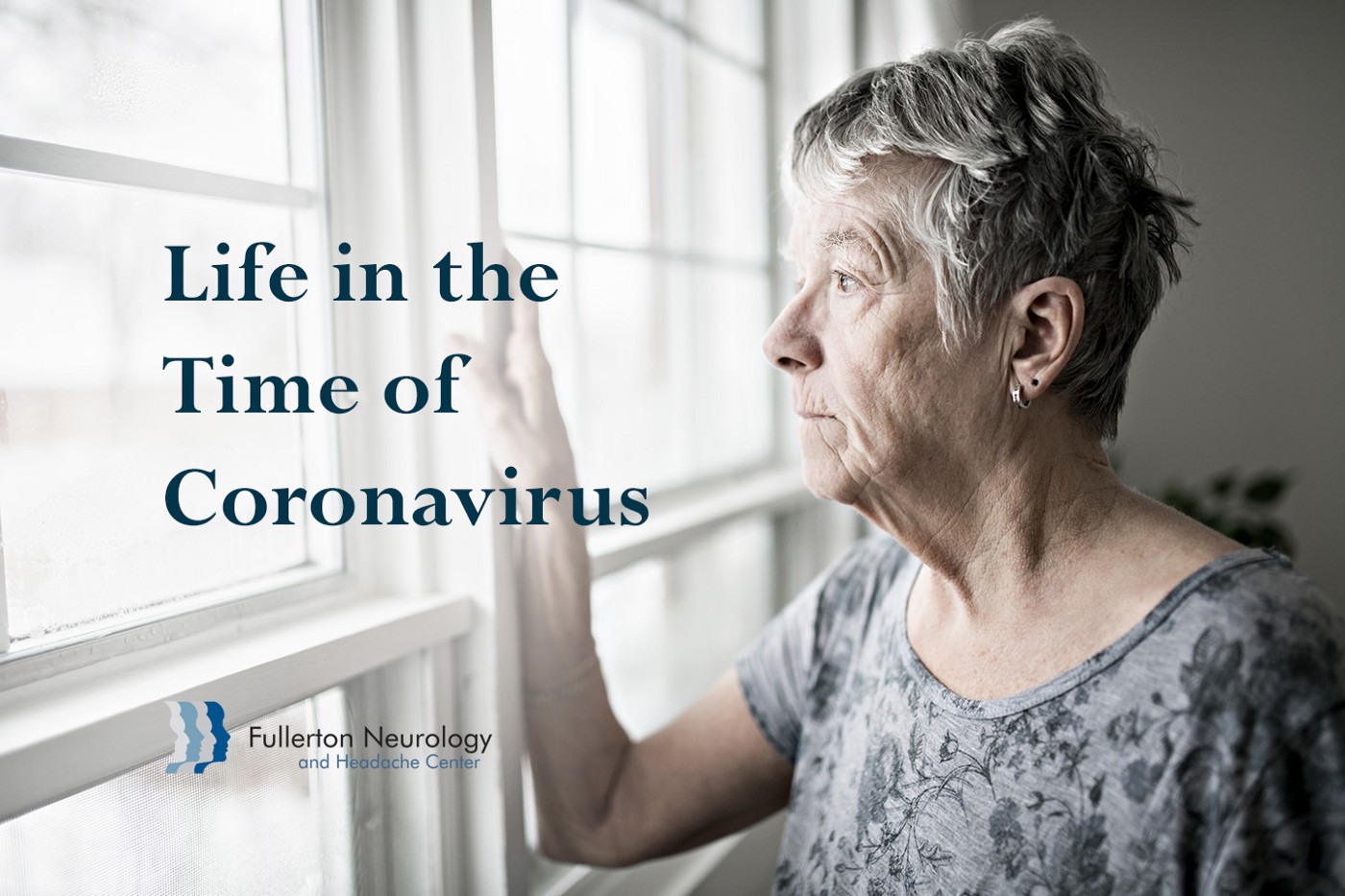Southern California is bracing for a tsunami of COVID-19 cases but people with neurological disorders still need care and support.
Here are two updates.
1. A treatment for Alzheimer’s may be here soon.
After more than a decade and billions of dollars spent in clinical trials, aducanumab, a monoclonal antibody that effectively clears amyloid from the brain, may lead to clinical benefit. FDA approval is, of course, not certain. Several similar drugs also clear amyloid but do not seem to help patients, perhaps because amyloid is a “downstream’ target, a result but not the cause of Alzheimer’s.
Aducanumab’s pivotal trial failed to meet its primary endpoint but the data in a subset of patients in the high dose group seemed to support these positive findings. Many experts, however, believe the treatment effects are exaggerated and point out that the trial was not well-controlled and that the subset is only 20% of that group.
See the article by Lon Schneider in Lancet Neurology, Feb 2020.
2. Bipolar disorder increases risk of developing Parkinson’s.
Levodopa improves symptoms of Parkinson’s by increasing dopamine in the brain and will induce mania in bipolar patients. Anti-psychotic medications treat mania by blocking dopamine receptors. The cyclical process of bipolar disorder in manic states leads to a downregulation of dopamine receptors (depression phase), which is later compensated by upregulation (manic state). Over time, this can lead to overall reduction in activity of dopamine, the signature of Parkinson’s.
This hypothesis led to a metanalysis of seven studies comprising more than four million participants. It found that people with bipolar disorder have a risk of developing Parkinson’s more than 3 times higher than the general population.
Several unanswered questions remain. Are all subtypes of bipolar disorder at an equal risk? Is the risk present even when the diagnosis is made at a young age? What are the roles of lithium and antipsychotics, widely used to treat bipolar disorder? Can their use be safely limited and would that translate into a lower risk of Parkinson’s?
See the article by Faustino et al in JAMA neurology, Feb 2020.


Leave a Reply